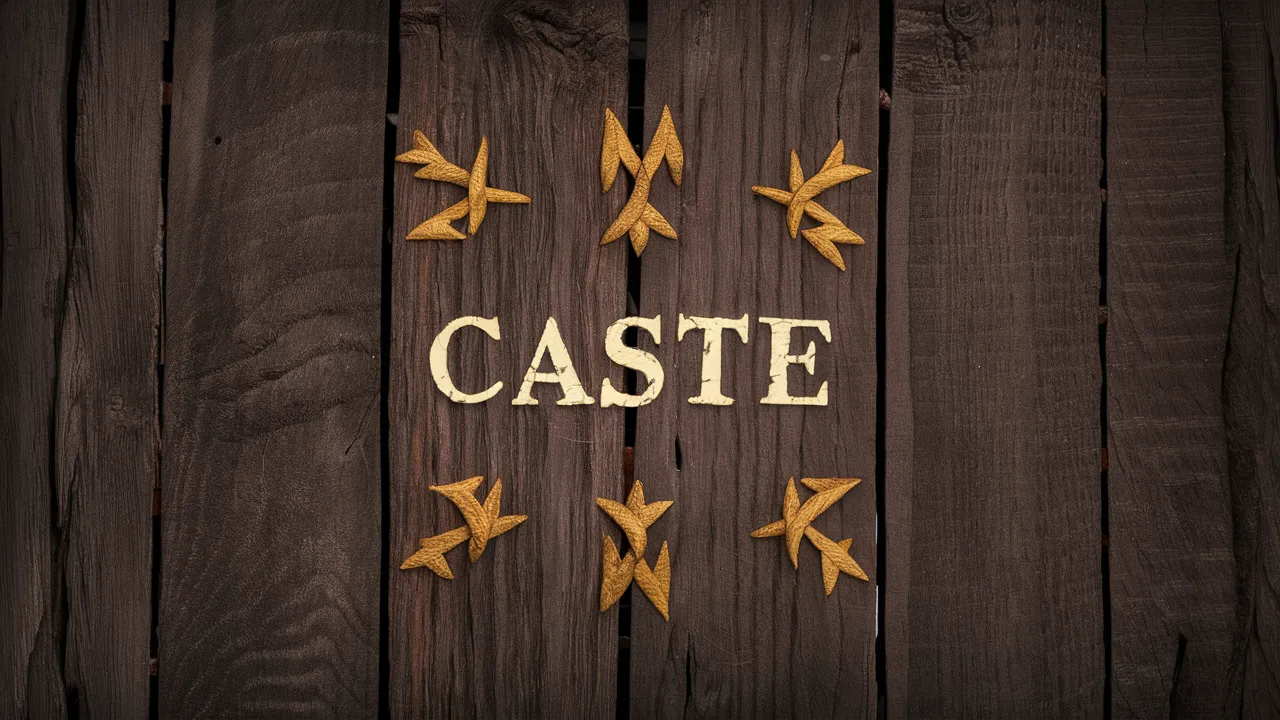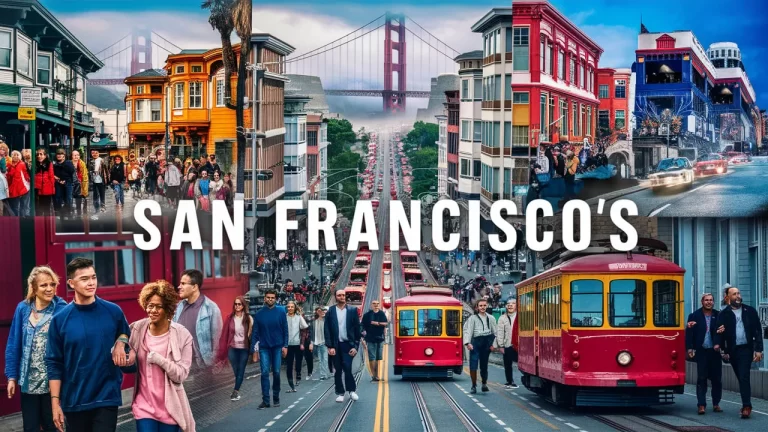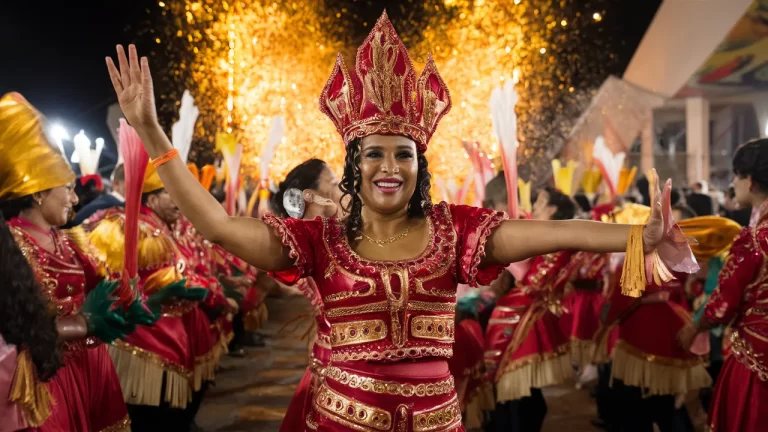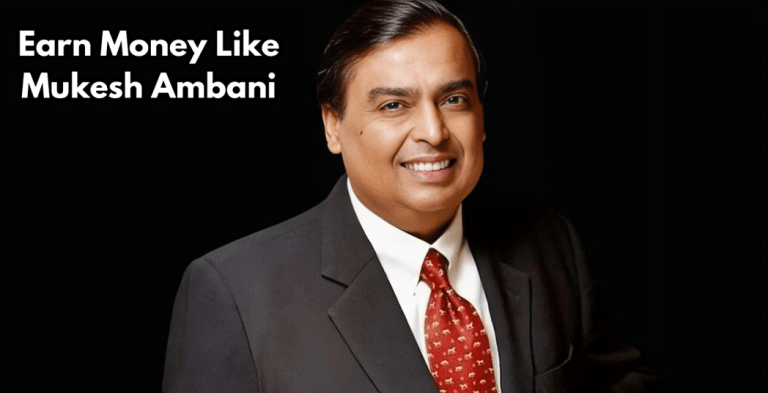Table of Contents
Caste, a term deeply woven into the fabric of South Asian societies, continues to exert a powerful influence in the modern era. This concept, known as Casteò, transcends mere social stratification, shaping identities, influencing social interactions, and impacting life trajectories. While significant progress has been made in dismantling overt caste-based discrimination, the echoes of Casteò still resonate, prompting crucial questions about tradition, identity, and the path toward a more inclusive future.
A Historical Echo: The Roots of Caste in South Asia
The origins of Casteò can be traced back to the ancient Hindu social order, characterized by a hierarchical division of society into distinct social classes. These classes, known as varnas, were traditionally determined by birth and dictated occupation, social status, and religious practices. At the top of the pyramid stood the Brahmins (priests and scholars), followed by the Kshatriyas (warriors and rulers), the Vaishyas (merchants and farmers), and the Shudras (laborers). Below them existed a category often referred to as the “untouchables,” who were excluded from the caste system altogether and relegated to menial tasks considered impure.
Over time, this rigid structure became increasingly complex, with numerous sub-castes emerging within each varna. This intricate web of social classification governed every aspect of life, from marriage and education to professions and even where one resided.
Shaping Identities: Caste and Self-Perception
Caste plays a significant role in shaping an individual’s sense of self in South Asia. Imagine it like a set of invisible yet powerful lenses through which people perceive themselves and the world around them. Caste affiliation often forms a core part of one’s identity, influencing values, beliefs, and expectations. This can be a source of both pride and limitation, depending on one’s position within the caste hierarchy.
Social Dynamics: Caste and Everyday Life
Casteò extends far beyond personal identity, shaping social interactions and dictating everyday life in South Asia. Traditional norms often dictate who one can socialize with, who one can marry, and even where one can live. This can create social barriers and limit opportunities for inter-caste interaction. Imagine social circles being like exclusive clubs, with membership determined by birth rather than merit.
Occupational Stratification: The Caste System and Livelihoods
Caste has historically determined access to professions and limited upward mobility. Certain occupations were traditionally associated with specific castes, creating a system of occupational stratification. For instance, some castes might be restricted to manual labor, while others enjoyed exclusive access to prestigious professions like law or medicine. This restricted social mobility and perpetuated inequalities.
Marriage and Caste: Boundaries and Challenges
Marriage, a sacred institution in South Asia, is often heavily influenced by Casteò. Traditionally, marriages were arranged within the same caste or a sub-caste, reinforcing social boundaries and perpetuating the caste system. Even today, inter-caste marriages remain a challenge, sometimes leading to social ostracization or even violence.
Dismantling Overt Discrimination: Legal Efforts and Social Movements
Significant strides have been made towards dismantling the overt discrimination inherent in the caste system. Laws prohibiting caste-based discrimination have been enacted in many South Asian countries. Additionally, social movements have emerged, challenging traditional hierarchies and advocating for equality. These efforts have paved the way for a more just and equitable society.
The Shadow Still Looms: Residual Effects of Caste

Media Representation and Stereotypes
Media portrayals often perpetuate caste stereotypes, limiting opportunities and reinforcing prejudices. Imagine a news report constantly highlighting a particular caste in a negative light. This can lead to social stigma and hinder social mobility for entire communities.
Socio-Economic Disparities and Upward Mobility
Caste continues to be a significant factor in socio-economic disparities. Think of it as a giant obstacle course, where some castes start much further behind than others. Historically disadvantaged castes often have limited access to quality education, healthcare, and employment opportunities, hindering their ability to climb the social ladder. Upward mobility, while possible, remains a significant challenge for many.
Building a More Inclusive Future: Strategies for Change
While the challenges are undeniable, there is hope for a more inclusive future in South Asia. Several strategies can help dismantle the remaining vestiges of Casteò and create a society based on equality and opportunity.
Education and Cultural Sensitivity Training
Education plays a pivotal role in fostering understanding and dismantling caste prejudices. Imagine schools actively promoting cultural sensitivity and teaching students about the harmful effects of caste discrimination. This can help create a generation more accepting of differences and committed to equality.
Promoting Inter-Caste Relationships and Acceptance
Encouraging inter-caste interaction and promoting acceptance across social boundaries is crucial. This can be achieved through community events, artistic expressions, and social media campaigns that celebrate diversity and challenge traditional notions of caste.
Leveraging Technology for Advocacy and Empowerment
Technology can be a powerful tool for advocacy and empowerment. Social media platforms can be used to spread awareness about caste discrimination, mobilize communities, and share inspiring stories of social change. Imagine a platform connecting individuals from different castes, fostering understanding and breaking down social barriers.
People Usually Ask
Isn’t caste a thing of the past?
Caste discrimination has been outlawed in many South Asian countries, but its social and economic implications continue to be felt. While overt discrimination may be less prevalent, the legacy of Casteò persists, creating an uneven playing field for many.
What are the benefits of a caste-inclusive society?
A society free from caste prejudices allows everyone to reach their full potential. It fosters social harmony, promotes economic development, and allows for a more vibrant and diverse cultural landscape.
How can I be an ally in the fight against caste discrimination?
Educate yourself about caste and its impact on South Asian societies. Challenge stereotypes and promote inclusive practices in your social circles. Support organizations working towards caste equality and advocate for policies that promote equal opportunities for all.
What are some resources to learn more about caste?
Several books, documentaries, and online resources offer in-depth information on caste. Consider researching organizations like Equality Labs, Human Rights Watch, and the International Dalit Solidarity Network for insights and perspectives.
What can individuals do to overcome caste limitations?
Education is key. Pursue opportunities for learning and skill development. Seek out mentors and role models who can offer guidance and support. Build relationships with people from different backgrounds and advocate for yourself and others who face caste-based discrimination.
Final Words
Casteò continues to be a complex and multifaceted issue in South Asia. While significant progress has been made in dismantling legal discrimination, achieving a truly caste-inclusive society requires ongoing efforts. Through education, fostering social interaction, and utilizing technology for positive change, South Asia can move towards a future where everyone has the opportunity to thrive, regardless of their caste affiliation. This journey requires commitment, collaboration, and a willingness to challenge deeply entrenched traditions.











